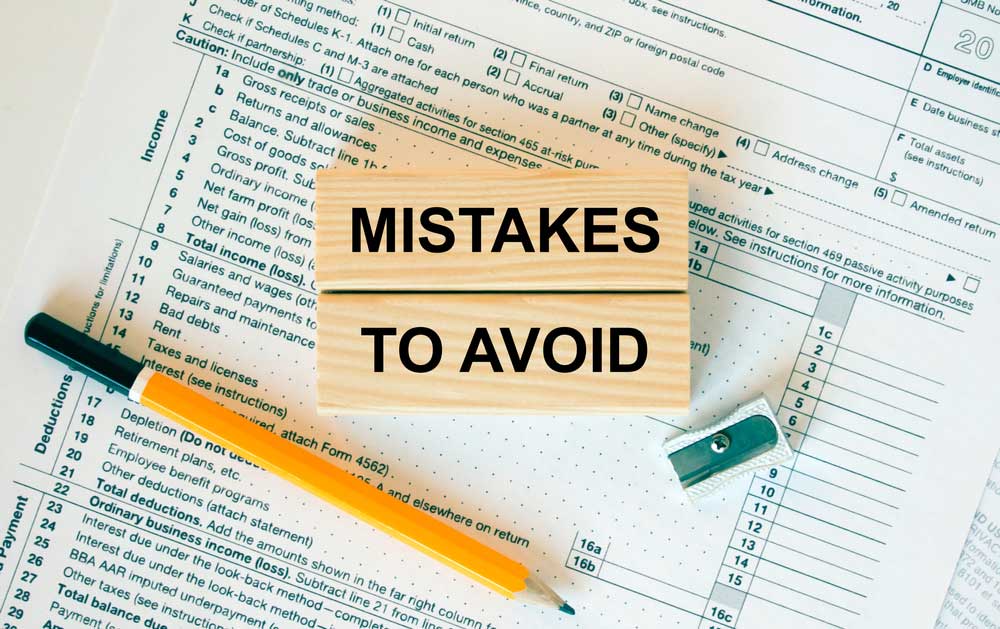In the dynamic world of finance and accounting, ensuring the accuracy and reliability of financial statements is paramount. One critical aspect that demands attention is the “Risk of Material Misstatement.” Let’s delve into the intricacies of what is risk of material misstatement concept, exploring its types, influencing factors, and strategies for effective risk management.
Risk of Material Misstatement
Definition of Risk of Material Misstatement
At its core, the risk of material misstatement refers to the possibility that financial statements may contain errors or omissions that could impact the decisions of users. These misstatements, if not identified and corrected, can lead to inaccurate portrayals of a company’s financial health.
Importance in Financial Reporting
Precise financial reporting forms the foundation for making well-informed decisions. Stakeholders, including investors and creditors, rely on financial statements to assess a company’s performance. Any material misstatement can distort these assessments, leading to erroneous conclusions.
Types of Risk of Material Misstatement
Inherent Risk
The inherent risk stems from the nature of the business itself. Certain industries inherently carry higher risks due to complex transactions or volatile market conditions.
Control Risk
Control risk relates to the effectiveness of a company’s internal controls. Weak or ineffective controls increase the likelihood of material misstatements going undetected.
Detection Risk
Detection risk is associated with the audit process. It pertains to the risk that auditors may not detect material misstatements during their procedures, whether due to oversight or insufficient audit techniques.
Factors Influencing the Risk of Material Misstatement
Industry-specific Considerations
Different industries have unique accounting challenges. Understanding these intricacies is crucial for accurately assessing the risk of material misstatement.
Company-specific Factors
The internal workings of a company, its management practices, and its financial health all play a role in determining the risk of material misstatement.
External Economic Factors
External factors, such as economic downturns or changes in regulations, can significantly impact a company’s financial reporting and increase the risk of material misstatement.
Assessing and Managing Risks
Risk Assessment Procedures
Thorough risk assessment procedures involve a detailed analysis of a company’s operations, industry trends, and external influences.
Internal Controls
Implementing robust internal controls is a proactive measure to mitigate the risk of material misstatement. These controls act as safeguards against errors and irregularities.
Auditing Techniques
Auditors employ various techniques to identify and assess the risk of material misstatement, ensuring a comprehensive and reliable audit process.
Consequences of Material Misstatement
Impact on Financial Statements
Material misstatements can distort key financial indicators, such as revenue, expenses, and assets, leading to misguided business decisions.
Legal and Reputational Consequences
Apart from financial implications, material misstatements can expose companies to legal and reputational risks, damaging stakeholder trust.
Examples of Material Misstatements
Revenue Recognition
Incorrectly recognizing revenue can inflate a company’s financial performance, leading to an inaccurate representation of its profitability.
Expense Recognition
Delaying the recognition of expenses can artificially boost profits, creating a distorted view of a company’s financial health.
Asset Valuation
Misvaluing assets can impact a company’s balance sheet, affecting key financial ratios and misleading stakeholders.
Importance of External Auditors
Role in Identifying Material Misstatements
External auditors play a crucial role in independently assessing a company’s financial statements, providing assurance on their accuracy and fairness.
Ensuring Financial Statement Accuracy
Through rigorous audits, external auditors contribute to the transparency and reliability of financial statements, reducing the risk of material misstatement.
Strategies for Mitigating Risks
Robust Internal Controls
Companies can strengthen internal controls by implementing policies and procedures that enhance accuracy and accountability.
Regular Audits and Reviews
Frequent audits and reviews, both internal and external, are essential for promptly identifying and addressing any potential material misstatements.
Compliance with Accounting Standards
Adhering to established accounting standards ensures uniformity and transparency, reducing the risk of material misstatement.
Case Studies
Real-life Examples of Material Misstatement
Examining past incidents provides valuable insights into the consequences of material misstatement and underscores the importance of effective risk management.
Lessons Learned from Past Incidents
Learning from the mistakes of others helps companies proactively implement measures to prevent material misstatements.
Future Trends in Risk Assessment
Technology’s Impact on Auditing
Advancements in technology, such as data analytics and artificial intelligence, are reshaping the auditing landscape, offering new tools to identify and manage the risk of material misstatement.
Evolving Regulatory Environment
Changes in regulatory frameworks necessitate continuous adaptation to ensure compliance and effective risk management.
Conclusion
Recap of Key Points
Understanding the multifaceted nature of the risk of material misstatement is crucial for companies aiming to maintain transparency and stakeholder trust.
Emphasizing the Importance of Mitigating Material Misstatement
Implementing robust risk assessment strategies and proactive measures is essential for mitigating the risk of material misstatement and fostering accurate financial reporting.



